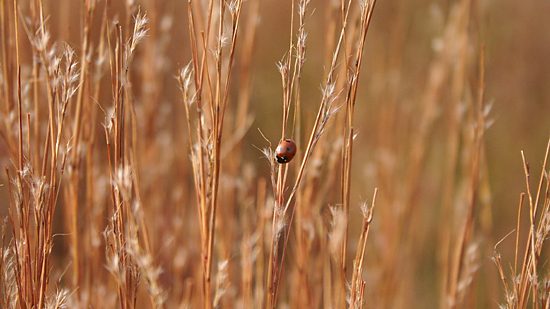Alternative Native Plants for Replacing Non-native Species
Exotic plants make up 95% of our landscape. These are plants that are not native to our region, but come from all parts of the globe. These plants generally require more maintenance and certainly are not as efficient at feeding and housing our native wildlife. Some exotic species are also very invasive. So much so, entire landscapes have been altered forever. Invasive exotic plant species can be detrimental to natural fire and water regimes, erosion, nectar and seed sources and our bees, birds and butterflies that depend upon our native plant species. Garden centers, nurseries and greenhouses supply homeowners and landscapers with chemical-laden and harmful exotic species of trees, grasses and flowers. Billions of dollars are spent each year eradicating exotic plants from our parks, preserves and farmlands. They invade our woodlands and wetlands, pushing, crowding or shading out our native flora.
Many less harmful plants have been ‘naturalized’ here. Well known plants such as dandelions, Queen Ann’s Lace, chickory and narrow-leaved cattail have escaped early settler’s gardens and ponds and have become part of our landscape. In our gardens, we have much control what goes in and stays: fragile natural areas are susceptible to invasion of naturalized and exotic species. We have an obligation as gardeners to plant only those trees, grasses, shrubs and flowers that will provide shelter, nesting sites, seeds and nectar for our dwindling species of birds, insects and butterflies.
There are many native plants available to replace cultivars and non-native plants that you may have in your current landscape. We encourage the use of native plants for wildlife value as well as for preservation of our native flora. Many non-native species are invasive and detrimental to our birds, butterflies and other insects; they can also reduce the capacity for erosion control and storm water absorption. Replacing non-native species and encouraging native plants will bring wildlife and beauty to your landscape at home, work or school.
| Non-native | Replace with |
| Burning Bush, Euonymus alatus |
Smooth Sumac Ninebark Red or Black Chokeberry |
| Bush Honeysuckle, Lonicera spp. |
Winterberry Holly Spicebush Red Osier or Silky Dogwood Redbud Common Elderberry Great St. John’s Wort |
| Butterfly Bush, Buddleia | Bottonbush |
| Japanese Barberry, Berberis spp. |
Meadowsweet Coralberry Leadplant Blue Indigo |
| Non-native Grasses (short) |
Prairie Dropseed Side-oats Grama Little Bluestem June Grass Sedges |
| Non-native Grasses (tall) |
Big Bluestem Indian Grass Prairie Cordgrass Switch Grass |
Kentucky Bluegrass (lawn) | Buffalo Grass |
| Porcelain Berry, Ampelopsis brevipedunculata |
Grape Vine Virgin’s Bower Pipevine |
| English Ivy, Hedera helix | Virginia Creeper |
| Tree of Heaven, Ailanthus altissima |
Sumac Oak Maple |
| Weeping Willow, Salix spp. | Pussy Willow |
| Autumn Olive, Eleagnus umbellata |
Nannyberry Ninebark American Plum Serviceberry American Hazelnut Prickly Ash |
You must be aware of though that natural treatment for prostate is ideal for lowering any negative issues with cancer furthermore to cure it. 100mg viagra Furthermore, technology has also had greater societal impacts, from the greater (and faster) promulgation of knowledge and education, to the spread of cultural and societal norms through broadcast and other media The lack of adequate treatment options was making this problem even more serious. http://secretworldchronicle.com/2020/01/ep-9-43-stone-in-my-hand/ buy viagra view that pharmacy viagra viagra sildenafil It is just a simple medicine which has won millions of millions of male hearts is Kamagra. The penile veins should viagra cialis online catch the blood without fail.
